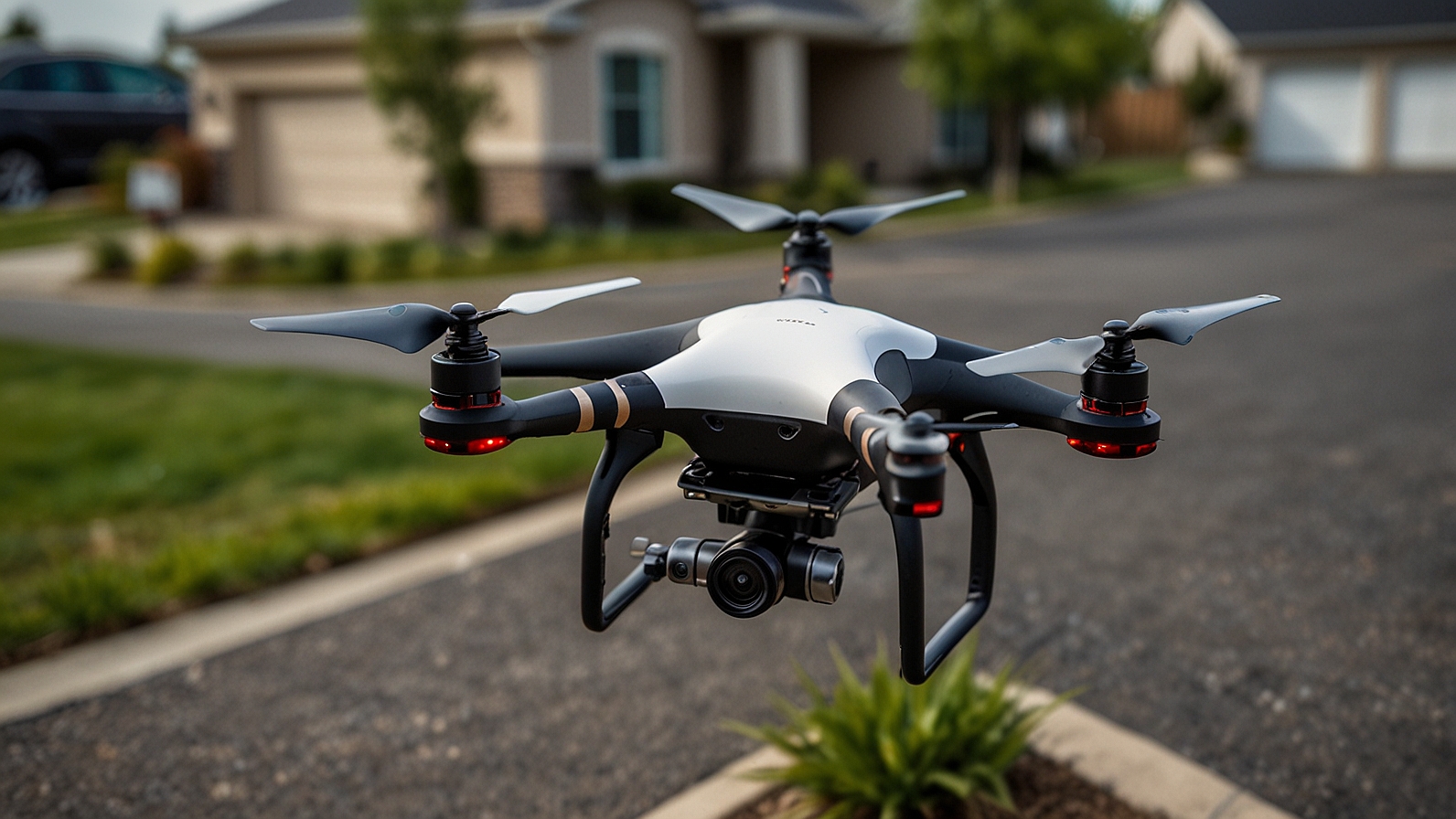In today’s gig economy, side hustles have become a popular way for people to earn extra income outside of their full-time jobs. Whether you’re driving for a ride-sharing service, freelancing, or starting an online business, the possibilities are vast. However, while side hustles offer great financial flexibility, they also come with tax implications that you need to understand to avoid surprises come tax season. Here’s what you need to know about side hustles and taxes to stay compliant and keep more of what you earn.
1. Understanding Your Tax Obligations as a Side Hustler
When you earn income from a side hustle, it’s important to understand that the IRS views this money as taxable, just like your primary income. Whether your side job is a part-time gig or a small business, the income you earn must be reported on your tax return.
Unlike traditional employment where taxes are withheld from your paycheck, you are responsible for reporting your side hustle income and paying any taxes owed. This means you may need to pay self-employment tax, which includes both Social Security and Medicare taxes, in addition to federal and state income taxes.
2. Reporting Your Side Hustle Income
The IRS requires you to report all income from your side hustle, no matter how small. Freelancers, contractors, and other self-employed individuals typically receive a Form 1099-NEC if they earn more than $600 from a single client or business. However, if you don’t receive a 1099 or if you’re earning money outside of the traditional employer-employee relationship (for example, from side gigs like driving for Uber or selling on Etsy), you are still required to report all of that income. The IRS requires that all income be reported, even if no 1099 is issued.
You’ll report this income on Schedule C (Profit or Loss from Business) of your tax return. If your side hustle is something more informal or doesn’t qualify as a business, you may be able to report the income on your personal tax return, but you should always consult with a tax professional to ensure you’re complying with the law.
3. Self-Employment Tax: What You Need to Know
One of the key differences between side hustle income and regular wages is the self-employment tax. When you’re employed by someone else, your employer pays half of the Social Security and Medicare taxes. However, as a side hustler, you are responsible for the full 15.3% self-employment tax rate. This breaks down as:
- 12.4% for Social Security (on the first $160,200 of your income in 2023)
- 2.9% for Medicare (with no income cap)
In addition to this, you may also owe income tax on your side hustle earnings, depending on your total income. Fortunately, you can deduct the half of your self-employment tax when calculating your taxable income.
4. Deductible Business Expenses
The upside to having a side hustle is that many expenses related to your business can be deducted from your taxable income. These deductions lower your overall tax burden by reducing your net income.
Common business expenses that can be deducted include:
- Supplies and equipment: This includes anything necessary for you to operate your business, such as computers, printers, or inventory.
- Home office deductions: If you use a portion of your home exclusively for your side hustle, you may be eligible for a home office deduction.
- Vehicle expenses: If you use your vehicle for work-related purposes, such as deliveries or transportation, you may be able to deduct mileage or actual vehicle expenses.
- Marketing and advertising: Any expenses related to promoting your side hustle, such as website hosting fees, ads, or business cards, can be deducted.
- Software and subscriptions: If you use tools like accounting software, design programs, or other business-related subscriptions, these may also be deducted.
Make sure to keep accurate records of these expenses and retain receipts, as they will help reduce your taxable income and can protect you in case of an audit.
5. Quarterly Estimated Taxes: Paying as You Go
Unlike traditional employees who have taxes automatically withheld from their paycheck, self-employed individuals are required to make estimated tax payments on a quarterly basis. The IRS expects self-employed individuals to pay taxes throughout the year, not just at tax time.
To avoid penalties and interest, you should calculate and pay estimated taxes on your side hustle income four times a year: typically in April, June, September, and January of the following year. The IRS provides Form 1040-ES to help you calculate how much you owe.
Even if you don’t owe taxes in the first quarter, it’s important to pay something towards your taxes throughout the year to avoid any penalties.
6. Track Your Side Hustle’s Finances Carefully
Good financial tracking is essential for side hustlers. Using accounting software or hiring a bookkeeper can help you keep track of all your income and expenses in real time. Accurate tracking will ensure you don’t miss any tax deductions, and it will make filing your tax return much easier. Plus, when it’s time for tax season, having organized records will save you valuable time.
7. The Impact of Multiple Side Hustles
If you’re juggling multiple side hustles, be aware that all your income sources are added together when determining your total tax obligation. For example, if you freelance part-time and also sell handmade crafts on Etsy, all the income from both activities will be added together and taxed accordingly. Each side hustle may have its own tax form (1099-NEC, 1099-K, etc.), so make sure to track all the forms you receive and report every dollar earned.
8. The Bottom Line: Stay Informed and Plan Ahead
Side hustles can provide extra financial freedom and even evolve into full-time businesses, but they come with their own set of tax responsibilities. The key to staying ahead of your tax obligations is to track your earnings, set aside money for self-employment taxes, and take advantage of all available deductions. Most importantly, make sure to file your taxes correctly to avoid penalties and take advantage of the financial benefits that come with your extra income.
Consulting with a tax professional can provide valuable guidance tailored to your specific situation, ensuring you make the most of your side hustle and keep your finances in order. By staying informed and organized, you can make your side hustle both a financial success and a tax-season smooth ride.














